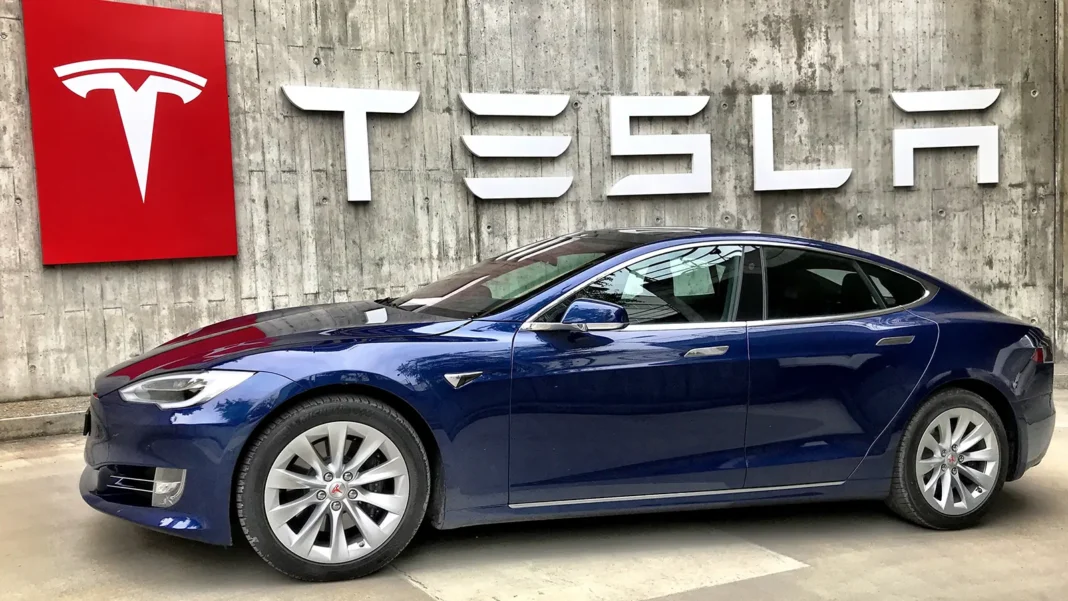The automotive industry is undergoing a significant transformation, driven by the rapidly growing demand for electric vehicles (EVs). As technology advances and environmental concerns escalate, EVs are becoming increasingly mainstream, with many countries investing heavily in EV infrastructure and incentivizing their adoption. In this article, we’ll explore the top trends shaping the EV industry, from advancements in battery technology to the rise of autonomous electric vehicles.
Advancing Battery Technology
Battery technology is the backbone of electric cars, and recent advancements have been significant. Solid-state batteries, lithium-air batteries, and sodium-ion batteries are just a few examples of the new technologies being developed. As a result, we can expect: Increased driving ranges, improved energy density, faster charging times, improved safety, and reduced costs.
Increased Adoption of Electric Vehicles
Governments around the world are implementing policies to encourage the adoption of electric vehicles. Incentives, tax credits, and investments in charging infrastructure are just a few examples. This trend will result in:
1) EV sales expected to surge, Recurrent Auto’s latest data suggests multiple revised EV sales projections still show a clear path to the 50% target.
2) More countries setting targets for electric vehicle adoption: According to Ghana’s energy minister, Ghanaian roads will soon see an influx of electric cars, with a major transformation expected within the next decade.
3) Expansion of charging infrastructure: In Ghana government is putting in place measures to convert a significant number of traditional fuel stations into EV charging centers.
Rise of Electric Vehicle Start-ups
New electric vehicle start-ups are emerging, challenging traditional automakers. Companies like Rivian, Lucid Motors, and Fisker Inc. are pushing the boundaries of electric vehicle design, technology, and performance. These start-ups will: disrupt the traditional automotive industry, bring new ideas and innovations to the market increase competition, and drive down prices.
Electrification of Public Transportation
Cities around the world are transitioning their public transportation systems to electric vehicles. Buses, taxis, and ride-hailing services are all going electric. This trend will:
- Reduce emissions and improve air quality: Electric vehicles produce zero tailpipe emissions, reducing greenhouse gas emissions and air pollutants that contribute to climate change and poor air quality. This will also improve the overall public health of a country.
- Increase the adoption of electric vehicles: As public transportation systems transition to electric vehicles, it will drive demand and encourage more people to consider purchasing electric vehicles for personal use. And this will lead to creating new economic opportunities in the manufacturing, maintenance, and operations of electric vehicles.
- Create new economic opportunities: The transition to electric public transportation systems can create new job opportunities in the manufacturing, maintenance, and operation of electric vehicles.
Predictions for the Future
The future of transportation is electric. With technological advancements, government incentives, and growing consumer demand driving growth, the EV industry is poised for significant expansion. Here are some predictions for the future of electric vehicles:
- According to BloombergNEF, over 50% of new car sales are expected to be electric by 2023. Supporting this forecast, the International Energy Agency (IEA) also predicts a significant increase in global EV figures, expecting nearly a tenfold rise by 2030.
- Electric vehicles are expected to reach price parity with internal combustion engine vehicles by 2025, making them more accessible to a wider range of consumers.
- Autonomous electric vehicles are expected to become common on public roads by 2035, transforming the transportation industry and revolutionizing the way we travel.




